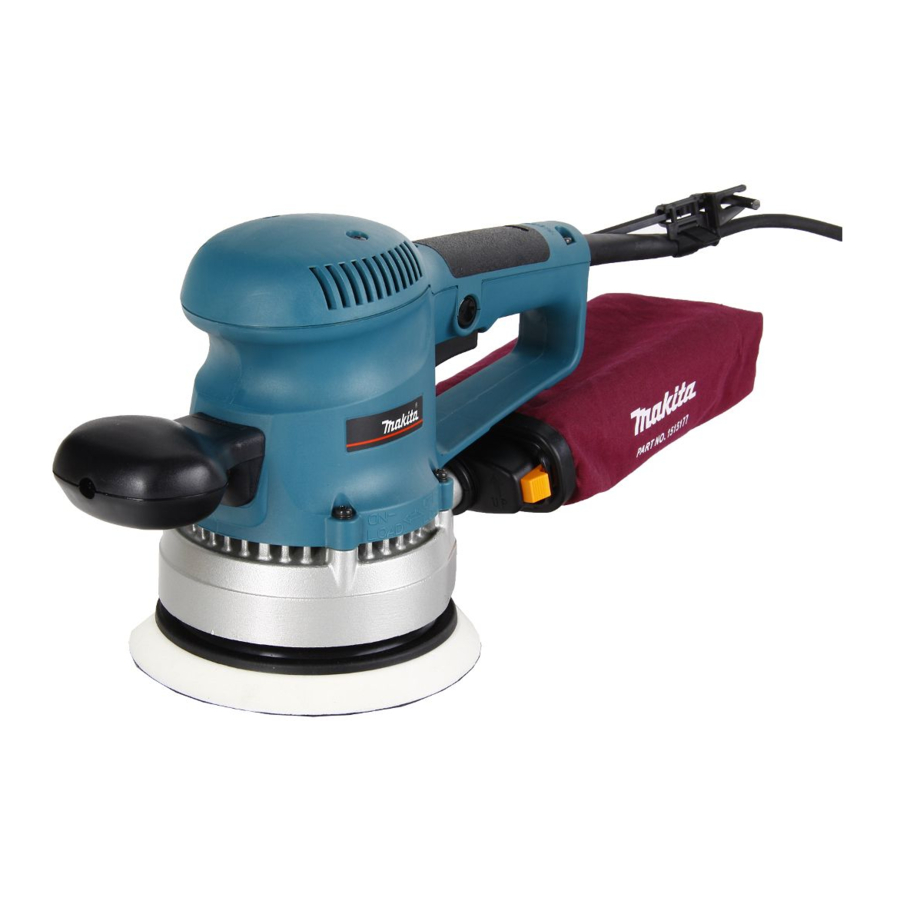making any adjustments, changing accessories,
or storing power tools. Such preventive safety
measures reduce the risk of starting the power tool
accidentally.
19. Store idle power tools out of the reach of chil-
dren and do not allow persons unfamiliar with
the power tool or these instructions to operate
the power tool. Power tools are dangerous in the
hands of untrained users.
20. Maintain power tools. Check for misalignment or
binding of moving parts, breakage of parts and
any other condition that may affect the power
tools operation. If damaged, have the power tool
repaired before use. Many accidents are caused
by poorly maintained power tools.
21. Keep cutting tools sharp and clean. Properly
maintained cutting tools with sharp cutting edges
are less likely to bind and are easier to control.
22. Use the power tool, accessories and tool bits
etc. in accordance with these instructions and in
the manner intended for the particular type of
power tool, taking into account the working con-
ditions and the work to be performed. Use of the
power tool for operations different from those
intended could result in a hazardous situation.
Service
23. Have your power tool serviced by a qualified
repair person using only identical replacement
parts. This will ensure that the safety of the power
tool is maintained.
24. Follow instruction for lubricating and changing
accessories.
25. Keep handles dry, clean and free from oil and
grease.
Specific Safety Rules
DO NOT let comfort or familiarity with product
(gained from repeated use) replace strict adherence
to sander safety rules. If you use this tool unsafely
or incorrectly, you can suffer serious personal injury.
1.
Hold power tools by insulated gripping sur-
faces when performing an operation where the
cutting tool may contact hidden wiring or its
own cord. Contact with a "live" wire will make
exposed metal parts of the tool "live" and shock the
operator.
2.
Always use safety glasses or goggles. Ordinary
eye or sun glasses are NOT safety glasses.
3.
Hold the tool firmly.
4.
Do not leave the tool running. Operate the tool
only when hand-held.
4
5.
This tool has not been waterproofed, so do not
use water on the workpiece surface.
6.
Ventilate your work area adequately when you
perform sanding operations.
7.
Some material contains chemicals which may
be toxic. Take caution to prevent dust inhala-
tion and skin contact. Follow material supplier
safety data.
8.
Use of this tool to sand some products, paints
and wood could expose user to dust containing
hazardous substances. Use appropriate respi-
ratory protection.
9.
Be sure that there are no cracks or breakage on
the pad before use. Cracks or breakage may
cause a personal injury.
SAVE THESE INSTRUCTIONS.
WARNING:
MISUSE or failure to follow the
safety rules stated in this instruction
manual may cause serious personal
injury.
GEB021-1

